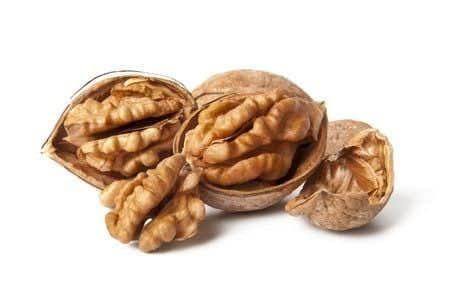A food safety expert witness advises on a case involving a woman who was served carrot cake by defendant restaurant kitchen that contained walnut shells or other debris. The plaintiff alleges that ingesting the debris caused her to be sore, ill and permanently injured. The injury impacted her health, strength, and activity and caused mental pain.
She filed a product liability and negligence action seeking damages, including past and future medical, dental and related expenses.
Question(s) For Expert Witness
1. What is the standard regarding walnut shells in restaurants?
2. Did the restaurant violate that standard?
3. What would have been a safer practice?
Expert Witness Response
Based on my experience, it is my opinion that failure to remove walnut shells poses a substantial danger to restaurant patrons. The nut industry standard allows for a certain amount of debris, including walnuts. The standard in the restaurant industry is to go through and check for shells and other debris prior to serving nuts.
The defendant restaurant engages in a multi-step process in the preparation of its carrot cake. This process included putting the walnuts in a perforated pan, putting them under running water, draining them, boiling them, drying them, putting them in another perforated pan, placing the nuts on a large sheet pan, roasting them, separating the nut halves and pieces and then either putting them in the batter or using the nuts as garnish depending on their appearance. Restaurant staff should be shown what items to look for when conducting a nut inspection. Specifically, if restaurant employees are required to identify and remove debris they should be shown the most common types of debris as part of their training to enable them to effectively identify and remove such debris.
There is no evidence indicating that any of the defendant’s steps are undertaken for the purpose of inspecting the nuts for debris as opposed to simply preparing the carrot cake. The most effective time to identify and remove debris is while the nuts are still in the clear plastic bag. While the nuts are in the bag the debris will settle to the bottom and the corners. Thus, a visual inspection while the nuts are in the bag would have greatly increased the likelihood that the defendant would have been able to spot the shell fragment and remove it. Additionally, there is no information regarding the size of the various holes in the perforated pan used in the process. The size of the holes determines how effective this process would be at removing debris. Simply sifting the nuts does not mean that the size of the holes were such that debris would readily fall out. An inspection by touch should have revealed the presence of shell fragments. However, the defendant conducts a touch inspection after the nuts have been boiled and changed their consistency. Therefore, at this point it would be more difficult to determine via touch if there were fragments of shell or other debris.
Defendant would more likely than not have prevented plaintiff’s injury by implementing a procedure aimed at identifying debris; conducting a visual inspection while the nuts were in the bag; ensuring that holes in the perforated pan are aimed at straining debris; and conducting a touch inspection prior to boiling the nuts.
It is my opinion that the defendant utilized an ineffective and unreasonable procedure.
The expert has a master's degree in restaurant and institutional management. The expert has been in the food and restaurant industry for over 30 years and is a food safety expert.
About the author
Kristin Casler
Kristin Casler is a seasoned legal writer and journalist with an extensive background in litigation news coverage. For 17 years, she served as the editor for LexisNexis Mealey’s litigation news monitor, a role that positioned her at the forefront of reporting on pivotal legal developments. Her expertise includes covering cases related to the Supreme Court's expert admissibility ruling in Daubert v. Merrell Dow Pharmaceuticals Inc., a critical area in both civil and criminal litigation concerning the challenges of 'junk science' testimony.
Kristin's work primarily involves reporting on a diverse range of legal subjects, with particular emphasis on cases in asbestos litigation, insurance, personal injury, antitrust, mortgage lending, and testimony issues in conviction cases. Her contributions as a journalist have been instrumental in providing in-depth, informed analysis on the evolving landscape of these complex legal areas. Her ability to dissect and communicate intricate legal proceedings and rulings makes her a valuable resource in the legal journalism field.



